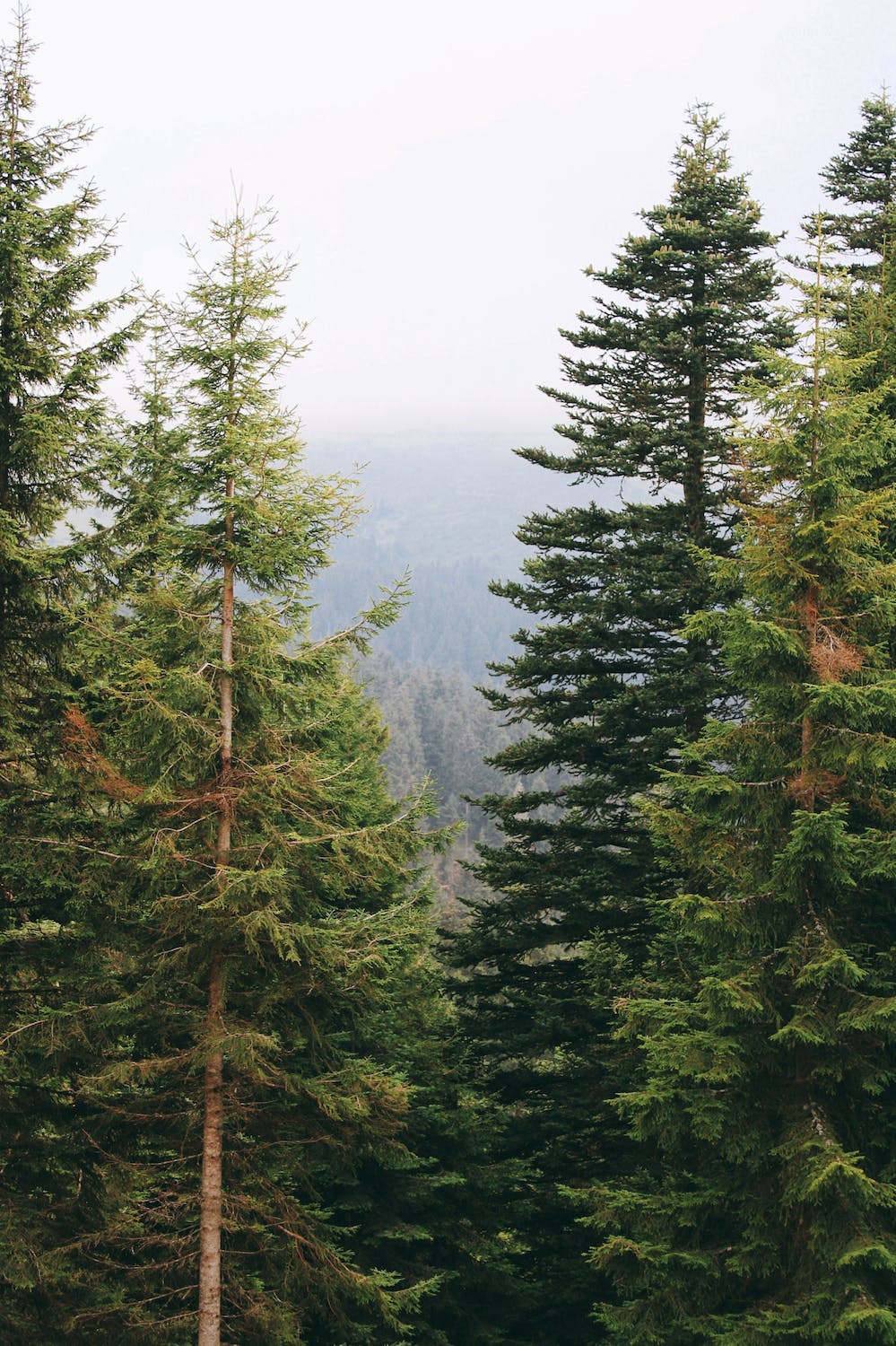Building a Sustainable Wardrobe for All Ages: An In-Depth Guide
Creating a sustainable, stylish wardrobe is an achievable goal for everyone, regardless of gender or age. This comprehensive guide provides a step-by-step approach that's filled with practical examples and helpful tips:
1. Inventory Your Existing Wardrobe:
Start by rediscovering the treasures within your own closet. Analyze each piece of clothing you own and think about how it can be worn in new, creative ways. For instance, a structured blazer can be paired with slim-fit jeans or a pencil skirt, a combination that works well for various body types and transcends trends.
2. Master the Skill of Mending and Upcycling:
Before discarding a garment due to minor damage, consider mending it. Simple stitches like the running stitch or backstitch can fix small tears or loose buttons. Online tutorials are a great resource to learn these techniques.
For more visible repairs or for garments that have lost their appeal, consider upcycling. Transform an old t-shirt into a tote bag, or turn worn-out jeans into shorts or a patchwork quilt. These projects not only give clothes a second life but also provide a creative outlet.
3. Invest in Quality, Versatile Pieces:
Transition your wardrobe by investing in high-quality, timeless pieces made from durable materials. A well-tailored jacket, a classic pair of trousers or jeans, a comfortable tunic, or a little black dress are staples that can be styled in numerous ways.
4. Support Ethical and Sustainable Brands:
When buying new items, choose brands that align with your values. Look for companies that prioritize ethical standards, such as fair wages, safe working conditions, and environmentally friendly manufacturing practices.
5. Embrace the Principles of Reduce, Reuse, Recycle:
Before making a purchase, ask yourself if it's necessary. If a new item is essential, consider sourcing it second-hand or swapping with friends. Organize a clothing swap party or visit thrift stores and consignment shops.
6. Learn About Sustainable Fabrics:
Understanding the environmental impact of different fabrics can make a significant difference in your shopping habits. Opt for natural or regenerated fibers whenever possible. Organic cotton, linen, hemp, Tencel, or modal are all excellent choices.
Remember, creating a sustainable wardrobe is not an overnight process. It's a journey of making mindful decisions and gradual changes. Whether you're mending a torn shirt, choosing to buy second-hand, or investing in quality over quantity, every small step counts!





Leave a comment